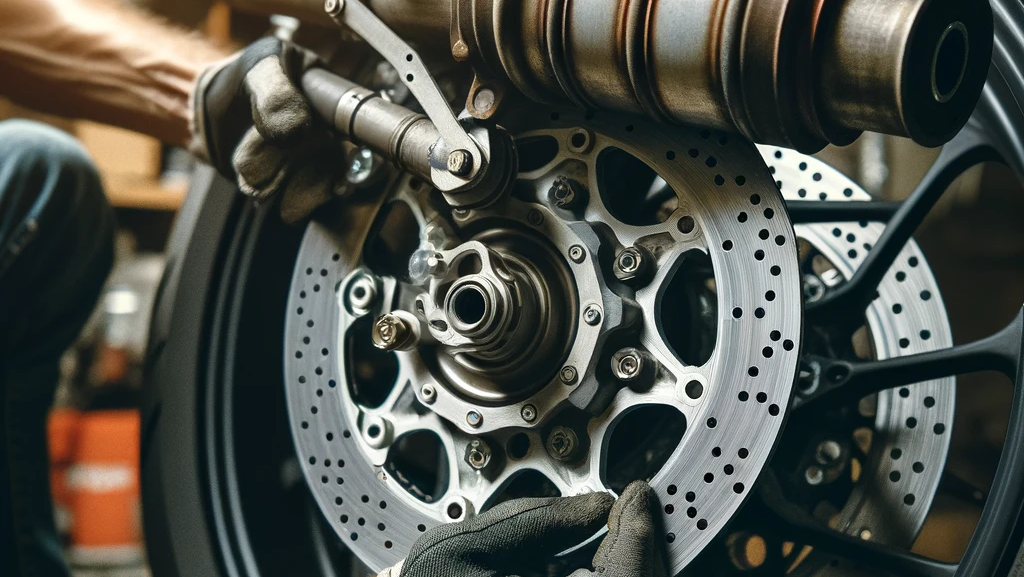Passing your motorbike MoT on the first try might seem daunting, but it’s completely achievable with the right preparation. Our comprehensive guide will walk you through all the necessary steps, ensuring your bike is in top condition for the test.
Understanding the MoT Test
First things first, let’s get a clear picture of what the MoT test entails. The Ministry of Transport (MoT) test is an annual examination that ensures your motorbike meets the road safety and environmental standards required by law. It covers various aspects of your bike, including:
- Lighting and signaling equipment
- Steering and suspension
- Wheels and tires
- Frame
- Braking systems
- Exhaust and fuel systems
- Seats
- Horn
- Registration plates
- Drive chain and sprocket
Knowing what’s checked can help you prepare more effectively.
Pre-Test Checklist: Essential Checks
1. Lights and Signals
Make sure all lights, including the headlight, tail light, brake lights, and indicators, are working properly. Replace any faulty bulbs and ensure the lenses are clean and free of cracks.
2. Tires and Wheels
Check the condition of your tires for any signs of wear and tear. The tread depth should be at least 1mm across 75% of the tire’s width. Also, ensure the wheels are properly aligned and free from any damage.
3. Brakes
Test both the front and rear brakes for responsiveness. If they feel spongy or unresponsive, it might be time to replace the brake pads or fluid. Make sure the brake lights come on when you apply the brakes.
4. Suspension
Inspect the suspension for any signs of leaks or damage. Push down on the front and rear suspension; it should compress and rebound smoothly without any unusual noises.
5. Exhaust System
Ensure the exhaust is securely mounted and free from any significant leaks or damage. The noise level should be within legal limits, so if your bike is excessively loud, you might need to address it before the test.
6. Frame and Bodywork
Check the overall condition of the frame and bodywork for any significant damage or rust. Ensure all bolts and fasteners are tight and secure.
7. Horn and Mirrors
Your horn should be loud and clear. Inspect your mirrors to make sure they’re securely mounted and provide a good rear view.
8. Chain and Sprocket
Examine the drive chain and sprocket for wear and proper tension. Lubricate the chain if necessary and adjust the tension to the manufacturer’s specifications.
Common Pitfalls and How to Avoid Them
Faulty Lights
Lights are one of the most common reasons for MoT failure. Double-check all your lights the night before the test to avoid last-minute surprises.
Worn Tires
Tire condition is another frequent failure point. Regularly inspect your tires and replace them if they’re nearing the minimum tread depth.
Poor Brake Performance
Brakes are crucial for safety and a common MoT failure point. Ensure your brakes are in top condition by regularly checking and maintaining them.
Dirty or Obscured Number Plates
Your registration plate should be clean and legible. If it’s dirty or obscured, give it a good clean before the test.
Excessive Noise
A noisy exhaust can lead to a failed MoT. If your bike’s exhaust is too loud, consider fitting a silencer or replacing it with a compliant system.
Day of the Test: What to Expect
On the day of the test, ensure you have all the necessary documents, including your motorbike’s registration certificate (V5C). Arrive a little early to give yourself some extra time for any last-minute checks.
During the test, the examiner will inspect your bike based on the criteria mentioned earlier. If your bike passes, you’ll receive an MoT certificate, valid for one year. If it fails, you’ll get a list of items that need fixing before you can retake the test.
Final Tips for a Smooth MoT Experience
- Keep Maintenance Records: Regular servicing and maintenance can prevent many issues that lead to MoT failures. Keep a log of all work done on your bike.
- Use a Pre-MoT Checklist: A pre-MoT checklist can help you systematically go through all the points checked during the test.
- Stay Informed: Rules and regulations can change, so stay updated on any new requirements for the MoT test.

